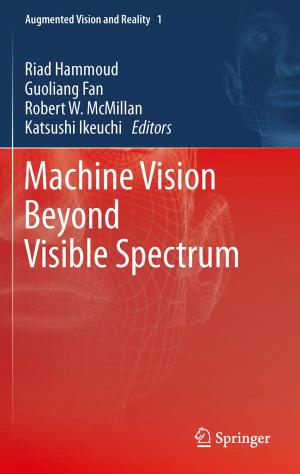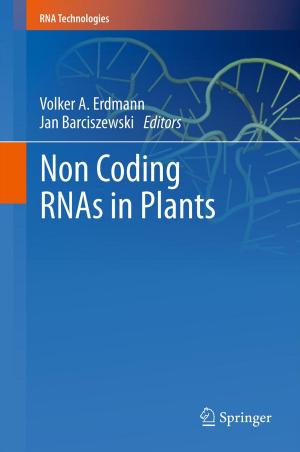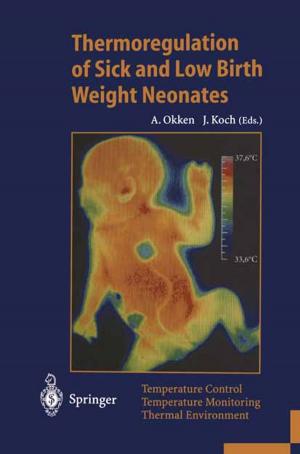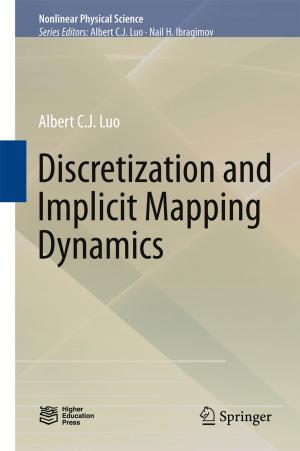Introduction to the Physics of Massive and Mixed Neutrinos
Nonfiction, Science & Nature, Science, Physics, Nuclear Physics, General Physics| Author: | Samoil Bilenky | ISBN: | 9783642140433 |
| Publisher: | Springer Berlin Heidelberg | Publication: | September 2, 2010 |
| Imprint: | Springer | Language: | English |
| Author: | Samoil Bilenky |
| ISBN: | 9783642140433 |
| Publisher: | Springer Berlin Heidelberg |
| Publication: | September 2, 2010 |
| Imprint: | Springer |
| Language: | English |
For many years neutrino was considered a massless particle. The theory of a two-componentneutrino,whichplayedacrucialroleinthecreationofthetheoryof theweakinteraction,isbasedontheassumptionthattheneutrinomassisequalto zero. We now know that neutrinos have nonzero, small masses. In numerous exp- iments with solar, atmospheric, reactor and accelerator neutrinos a new p- nomenon, neutrino oscillations, was observed. Neutrino oscillations (periodic transitionsbetweendifferent?avorneutrinos? ,? ,? )arepossibleonlyifneutrino e ? ? mass-squareddifferencesaredifferentfromzeroandsmalland?avorneutrinosare “mixed”. The discovery of neutrino oscillations opened a new era in neutrino physics: an era of investigation of neutrino masses, mixing, magnetic moments and other neutrino properties. After the establishment of the Standard Model of the el- troweak interaction at the end of the seventies, the discovery of neutrino masses was the most important discovery in particle physics. Small neutrino masses cannot be explained by the standard Higgs mechanism of mass generation. For their explanation a new mechanism is needed. Thus, small neutrino masses is the ?rst signature in particle physics of a new beyond the Standard Model physics. It took many years of heroic efforts by many physicists to discover n- trino oscillations. After the ?rst period of investigation of neutrino oscillations, manychallengingproblemsremainedunsolved.Oneofthemostimportantisthe problem of the nature of neutrinos with de?nite masses. Are they Dirac n- trinos possessing a conserved lepton number which distinguish neutrinos and antineutrinos or Majorana neutrinos with identical neutrinos and antineutrinos? Many experiments of the next generation and new neutrino facilities are now under preparation and investigation. There is no doubt that exciting results are ahead.
For many years neutrino was considered a massless particle. The theory of a two-componentneutrino,whichplayedacrucialroleinthecreationofthetheoryof theweakinteraction,isbasedontheassumptionthattheneutrinomassisequalto zero. We now know that neutrinos have nonzero, small masses. In numerous exp- iments with solar, atmospheric, reactor and accelerator neutrinos a new p- nomenon, neutrino oscillations, was observed. Neutrino oscillations (periodic transitionsbetweendifferent?avorneutrinos? ,? ,? )arepossibleonlyifneutrino e ? ? mass-squareddifferencesaredifferentfromzeroandsmalland?avorneutrinosare “mixed”. The discovery of neutrino oscillations opened a new era in neutrino physics: an era of investigation of neutrino masses, mixing, magnetic moments and other neutrino properties. After the establishment of the Standard Model of the el- troweak interaction at the end of the seventies, the discovery of neutrino masses was the most important discovery in particle physics. Small neutrino masses cannot be explained by the standard Higgs mechanism of mass generation. For their explanation a new mechanism is needed. Thus, small neutrino masses is the ?rst signature in particle physics of a new beyond the Standard Model physics. It took many years of heroic efforts by many physicists to discover n- trino oscillations. After the ?rst period of investigation of neutrino oscillations, manychallengingproblemsremainedunsolved.Oneofthemostimportantisthe problem of the nature of neutrinos with de?nite masses. Are they Dirac n- trinos possessing a conserved lepton number which distinguish neutrinos and antineutrinos or Majorana neutrinos with identical neutrinos and antineutrinos? Many experiments of the next generation and new neutrino facilities are now under preparation and investigation. There is no doubt that exciting results are ahead.















